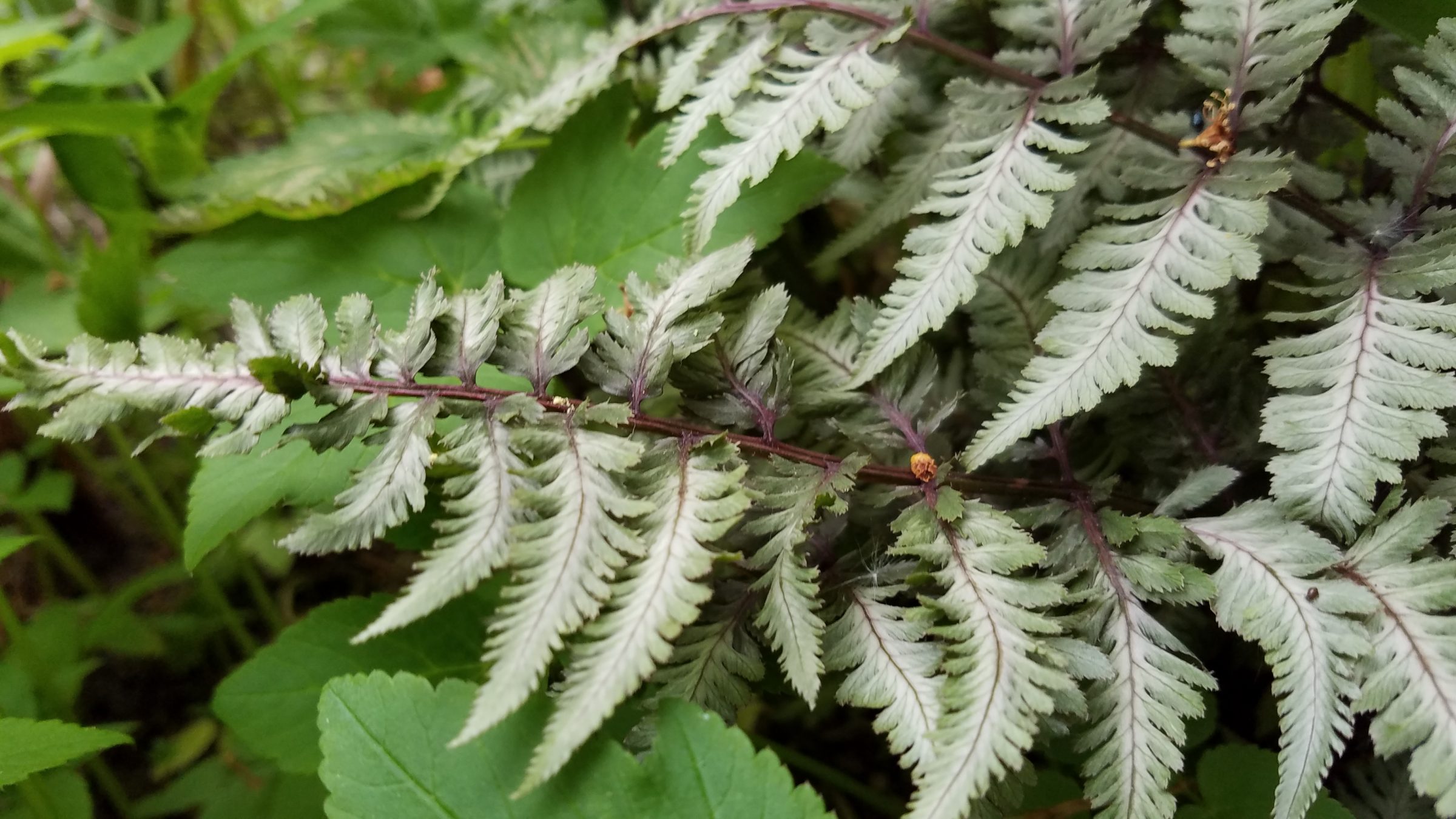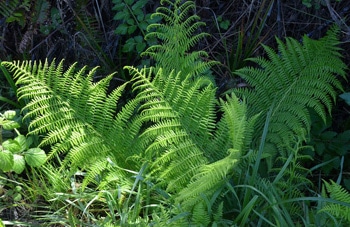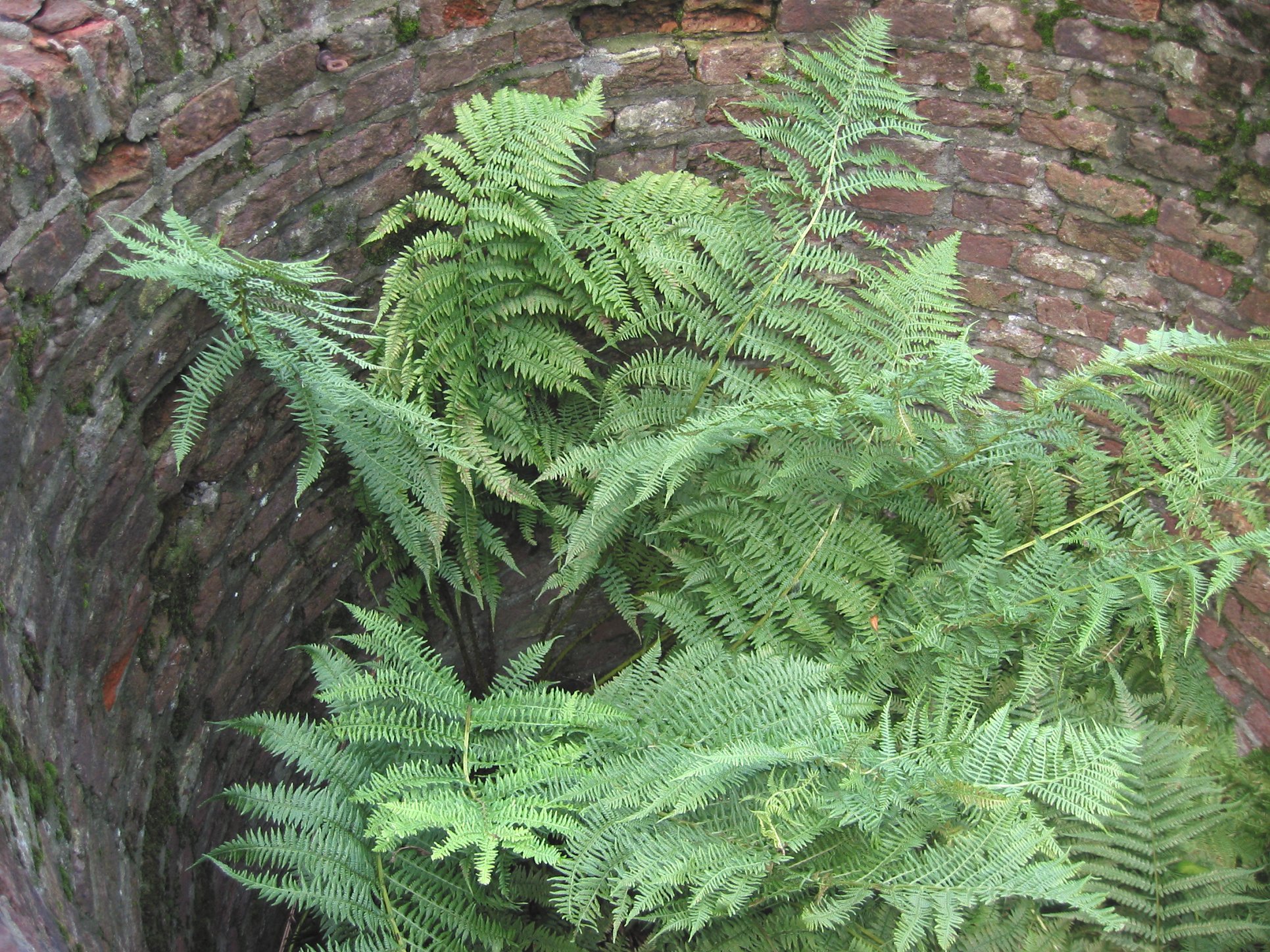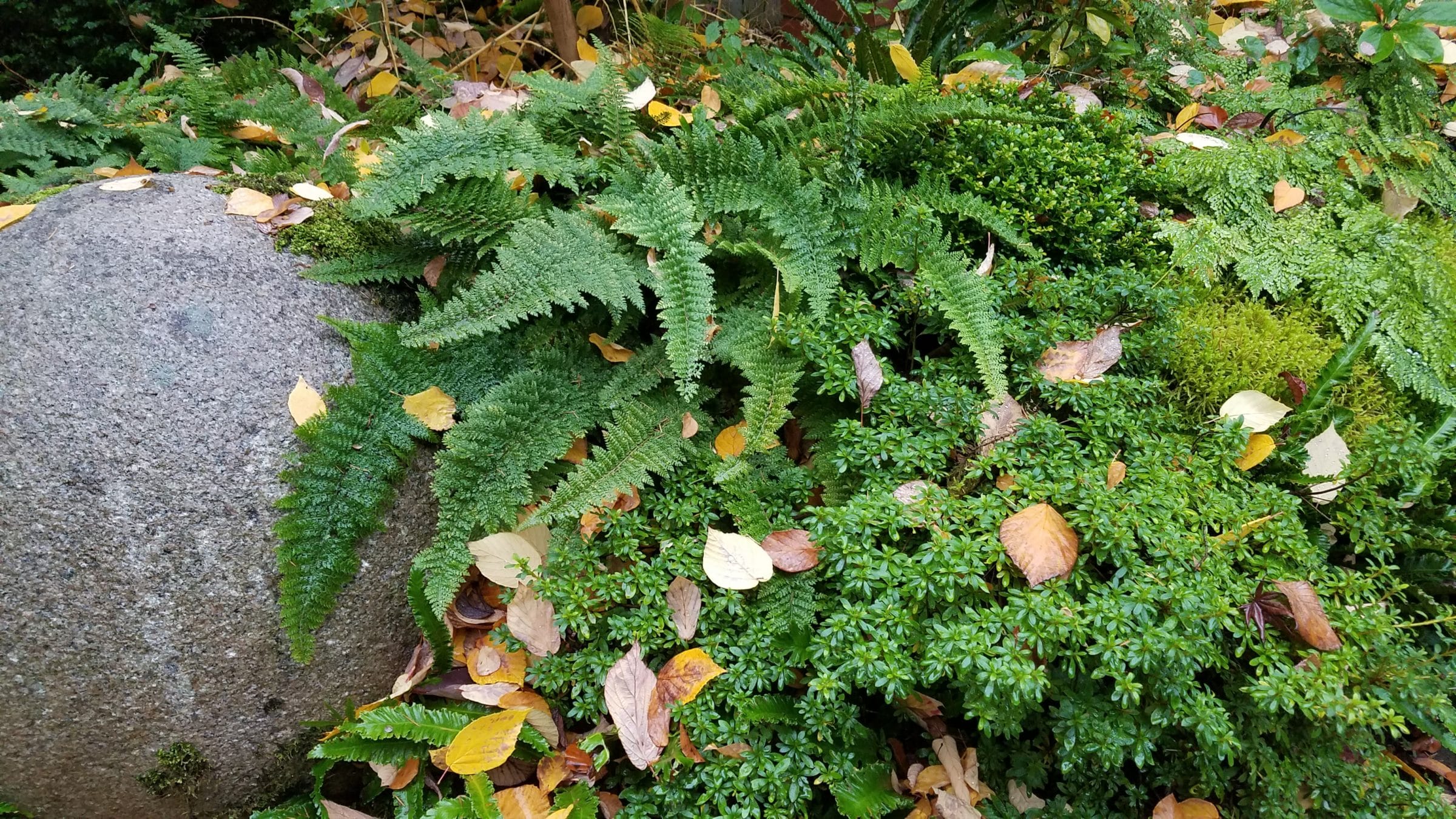
Athyrium filix-femina
Athyrium filix-femina (a-THEER-ree-um FEE-licks FEM-min-nuh)
Lady Fern
A perfect selection to break up bold planting combinations like Hosta, Ligularia, Brunnera, or Helleborus. You can find the graceful presence of Lady Fern not only in North America but also in woodlands of Europe and Asia. Due to its fragile nature, this fern will do best in areas of little traffic.
Athyrium filix-femina is not drought tolerant and will occasionally experience some deer browsing and aphid damage. To properly identify the Lady Fern, look for a clumping habit, a slight nod to the fronds, and semi-covered sori that are shaped in a herringbone pattern.
Origin:
Athyrium – Greek A – without, and thyrion – shield, referring to the incomplete covering of the sorus.
filix-femina – Lady fern.
Family – Polypodiaceae
Nativity – E. North America
Hardiness – USDA Zones 5-9

Athyrium filix-femina at Sitka National Historic Park
Description:
Form – This clump-forming fern reaches dimensions of 2’x2′. Small colonies will form through the stoloniferous habit of this graceful fern, creating a lacy effect in spring.
Foliage – Erect finely dissected fronds with numerous sori on the underside of the fronds arranged in a herringbone pattern. Partially covered sori are one key identification feature. Lady fern does not recover well from being trampled or having its stems broken. Can be grown in full sun with adequate moisture. 2-3 pinnate to pinnatifid, lanceolate, bright green fronds. Each frond contains 20-30 pairs of elliptic, non-opposite pinna(leaflets) that possess a pointed tip.
Culture:
Light – Shade to part shade depending on moisture levels.
Soil – Acidic, moist soils. Lady fern prefers woodland soil profiles.
Propagation – Division in spring or from spores. Transplanting should also be done in spring.
Problems – Strong winds and careless people or pets can easily damage the delicate fronds.

Lady Fern happily growing in a well
Utilization – This fern is very versatile. It can be used as a groundcover, woodland naturalization, shady borders, in containers, or a transition area. The soft texture of this fern provides great contrast for bold plantings.
Ecological Benefit – Low flora to fauna interaction. Larvae of the moth, Stathmopoda aenea feed on the spores and deer might browse this fern during the summer months. Cover for wildlife when colonies are formed (4).
Comments – Pairs well with Asarum, Hosta, Rhododendron, Helloborus.
Cultivars:
A. filix-femina ‘Victoriae’
A. filix-femina ‘Lady in Red’
A. filix-femina ‘Ghost’ – Pictured in the heading
♥ Browse these and other cultivars at Plant Delights Nursery.



